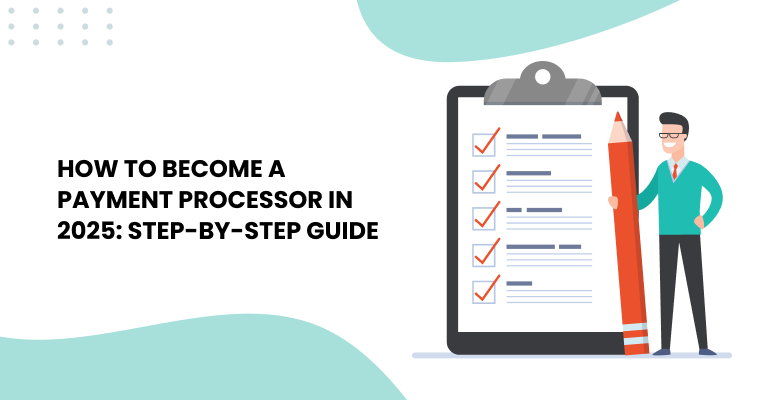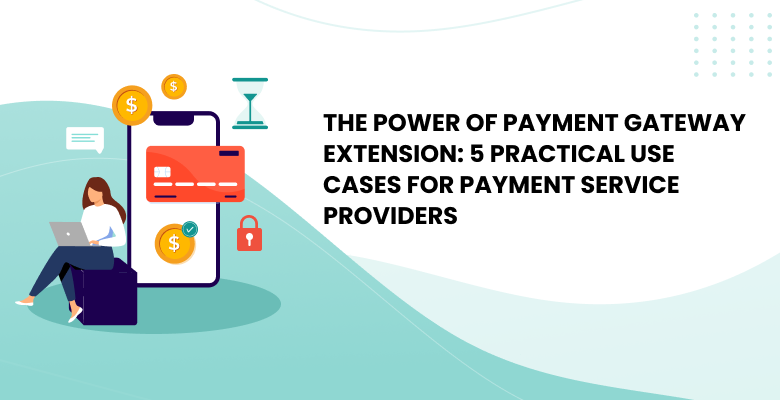
While financial technologies are driving modern trends in online payments, it is vital to embrace them to stay competitive. Cascading payments are one of the modern payment systems’ essential features. It is a technology that can reduce declines and increase your approval rate. This article explains the concept of payment cascading, its value for efficient payment processing, and its substantial advantages to payment service providers and merchants globally, particularly revenue growth.
What are Cascading Payments, and why are they vital for revenue growth?
Cascading payments refer to a technology that distributes declined transactions between multiple payment channels so that the payment can be completed. Suppose the payment software provider does not offer cascading payments technology. In that case, the bank or payment provider can simply decline the transaction due to internal rules, such as a blocked countries list or a bad gateway at the moment of processing the transaction.
It gives the customer the choice: to enter their payment data once more with the risk that the payment will be declined a second time, or to leave the shopping cart and choose another site to order the goods or services from instead. The majority of customers tend to select the second option and not return to the website again.
As a result, declined transactions hurt revenue growth and ruin the customer experience. Fortunately, modern cascading payments technology can prevent significant numbers of transactions from being rejected. Let’s check out how it works!
Smart routing and cascading payments: complementary technologies
Cascading payments technology comes into play after the transaction has been directed to the Merchant Identification Number (MID) or Acquirer, but, for some reason, the payment did not pass through. Its principal function is to automatically cascade the payment to another payment solution and to as many as needed to complete the transaction processing successfully within one payment attempt with no change in payment method, hassle-free for the end user.
Smart routing and cascading payments go hand in hand. Smart payment routing is a technology that is configured according to specific parameters by the user for each transaction to be processed by the payment solution that is most appropriate for it. To identify the best bank or payment provider for each transaction, the technology chooses a group of providers that will best suit each group of transactions according to several parameters (e.g. cryptocurrencies, credit cards, electronic wallets, etc.) so that each transaction can be potentially processed by several solutions that correspond to these parameters. Thus, if one of the suitable payment providers declines the payment, it will be automatically transferred to the other provider based on the parameters specified by smart routing.
To know more about smart payment routing and its value for efficient transaction processing, read the article below.
How do cascading payments work?
Now that we have examined cascading payments’ fundamentals, let’s dive deep into how this technology works for different types of decline:
Hard declines
If a hard decline occurred, the transaction was rejected by the customer’s issuing bank. It means that the rejection is permanent, and this payment method cannot be processed by another payment provider as a card was reported as stolen or lost, expired, etc. Thus, cascading the payment to other payment connectors is useless since a transaction cannot be processed successfully under any terms.
Soft declines
If there was a soft decline, the error occurred on either the acquirer or the issuer’s bank side. In this case, the transaction may be approved by another acquirer or issuer. Thus, cascading payment technology would cascade the transaction to another MID frictionlessly for the end user. Although, in some cases, the cost of the interchange + fee of the payment provider to which the transaction is cascaded may be more expensive than at the initial MID, you will have the opportunity to complete this transaction smoothly and ensure your users have a pleasant experience and will likely return in the future.
3D Secure (3DS) transactions
3DS MIDs Cascading is one of the most requested technologies. If the transaction requires a 3DS code, payment software providers offer a different cascading mechanism than described above to transfer it to another acquirer or MID. As different payment software providers offer various options, we will examine each of them.
When cascading a transaction from one 3DS MID to another, some payment providers require customers to enter their payment information all over again. In turn, the merchant must resubmit the transaction processing request to their software vendor. In this situation, although the payment is cascaded and processed successfully, the customer takes the same actions as if the payment has failed, which takes plenty of their time and ends in a negative customer experience.
Alternatively, advanced payment software providers like Akurateco offer advanced cascading payments technology for 3DS MIDs that only requires users to re-enter the 3DS password. Also, 3DS MIDs cascading frees merchants from having to send a processing request to the software vendor again, as Akurateco handles it on their side. In this way, the transaction is processed by a different MID than the original one, and the system solemnly transfers the payment data to it without requiring the customer to re-enter their payment details for each MID until the transaction is processed successfully.
iFrame
Some websites and applications accept payments via the iFrame widget. To not redirect users to a third-party payment page, merchants embed it within their own websites in a small window. In this way, customers’ sensitive payment data is collected on the payment service provider’s (PSP’s) end, not the merchant’s, and they are not required to obtain PCI DSS certification. However, iFrame functionality is limited when it comes to redirects.
As mentioned above, when a decline occurs, the customer is redirected from one payment service provider to another by a cascading mechanism. There may be compatibility issues between different iFrames used by various payment processors, which can cause technical difficulties in payment processing. Also, 3DS transaction processing does not work smoothly via the widget as some payment providers, such as credit cards, have limited functionality when working through iFrame with 3DS payments that redirect customers to their issuing banks’ pages to confirm their 3DS code. Because of this, customers often cannot complete the payment via iFrame.
To sum up, although the iFrame widget is used for transaction processing, its functionality is limited regarding 3DS transactions cascading and redirects, which can negatively impact customer experience and conversion rate.
Payment cascading: The main benefits
Decreased number of failed transactions
Cascading payments minimize the number of declines. Payment attempt failure is among the top reasons customers abandon their carts and do not return to the website in the future. By distributing declined transactions between multiple channels and processing them successfully, payment cascading becomes a game changer for merchants and PSPs. It increases their approval rate and improves the brand’s image with cutting-edge payment features.
Pleasant user experience
The technology provides a frictionless payment flow and a pleasant user experience for merchants and their customers. The main benefit for merchants is that when a payment request is forwarded from one MID to another, they do not need to control this process, as their payment solution provider handles this independently. Thus, cascading becomes a frictionless process for a merchant.
Revenue growth
Cascading payments act as one of the main revenue growth factors for merchants. With an increase in the number of approved transactions, merchants’ profits grow. They save money on interchange + fees for declined transactions, and their customers are more likely to return repeatedly. In turn, payment service providers also benefit from a positive merchant experience, as their modern payment solution meets their needs and benefits their brand image and sales in the long run.
Over to you
Cascading payments are vital for modern payment processing. However, the payment provider’s configuration of this technology also plays a critical role. At Akurateco, we have developed our payment cascading to work efficiently and seamlessly, considering users’ needs, including 3DS MIDs. As a result, some of our clients have grown their payment conversion rate by up to 30%, leveraging Akurateco payment cascading versus their previous payment solution without it.






